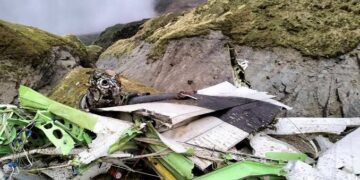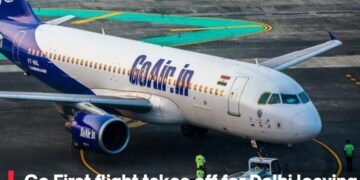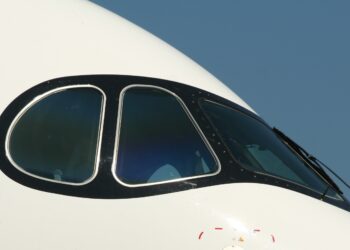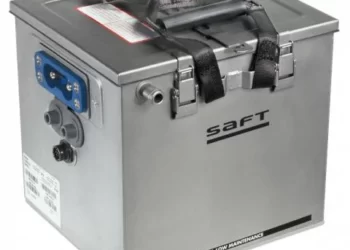Lift is the acting force that keeps airplanes in the air. It allows airplanes to maintain or increase their altitude during flight. Without lift, gravity will pull airplanes down, resulting in a lower altitude. While there are dozens of types of airplanes, they all generate lift using wings. The wings of an airplane will generate this acting force naturally. How do the wings of an airplane generate lift exactly?
The Basics of Lift
Lift is defined as the force that acts against the weight of an airplane to keep the airplane in the air. It essentially opposes both gravity and drag. Gravity and drag can cause airplanes to lose altitude.
Gravity is the mass-based force created by Earth — or by other bodies of mass — that acts as a magnet. Drag, on the other hand, is the collective aerodynamic forces that resist an airplane or object as it travels through the air. Both gravity and drag can cause airplanes to lose altitude. To overcome these forces, airplanes rely on lift. Lift is the acting force that opposes gravity and drag while ensuring that the airplane stays in the air.
How Wings Generate Lift
Airplanes generate lift using their wings. All airplanes have wings. Also known as flight control surfaces, they are responsible for generating lift. Air will flow over the top of an airplane’s wings and under the bottom of an airplane’s wings. As the air flows over and under the airplane’s wings, lift is generated.
While the wings on an airplane may look the same on the top and bottom, they are actually shaped differently. The top part of an airplane’s wings is slightly sloped upwards, resulting in a more pronounced curvature than that of the bottom part of the wings. As air flows over the top of the airplane’s wings, it becomes less pressurized than the air flowing under the bottom of the airplane’s wings. In other words, the air is more pressurized over the top of the wings than under the bottom of the wings. This difference in air pressure allows the wings to generate lift.
In Conclusion
The wings of an airplane generate lift by creating a difference in air pressure. Air pressure is higher under the bottom of the wings than over the top of the wings. With a higher air pressure under them, wings generate lift. This acting force is essentially what keeps airplanes in the air.



















